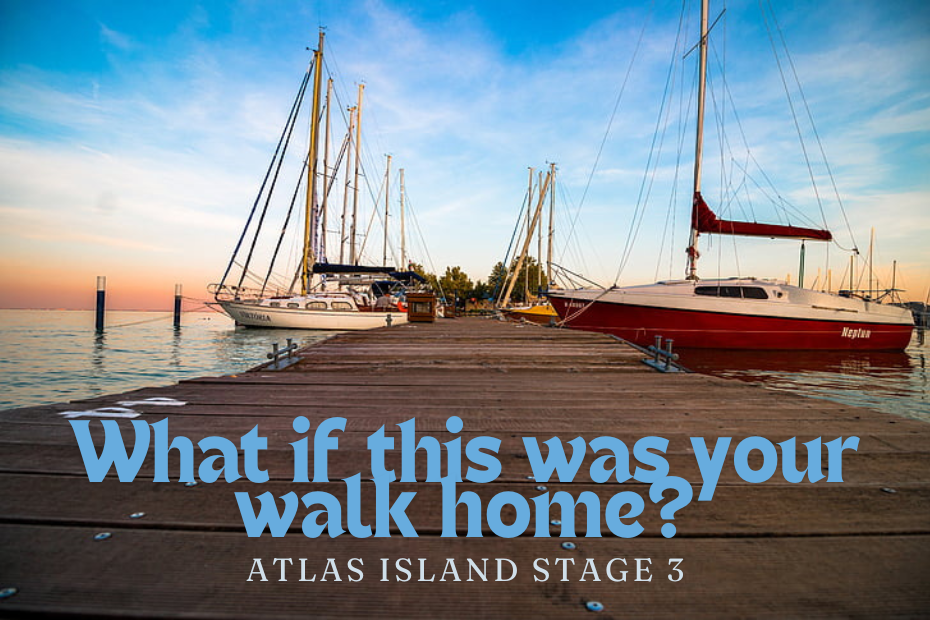Seasteads float, increase biodiversity, provide a measure of political autonomy, and are funded voluntarily.
Artificial islands don’t float. Building them is environmentally destructive. In the South China Sea, they are often built to expand the jurisdiction of an existing state. And they are generally funded through force, namely, taxation.
Thus, building artificial islands through land reclamation is the precise opposite of seasteading. Seasteads offer an alternative to existing governments, while artificial islands seek to expand their power onto the sea.
Seasteads will be unique in history as the first societies not to initiate aggression against any individual or ecosystem. The Seasteading Institute is focused on securing legal standing for seasteads to be recognized by legacy governments. Seasteads are a technology for voluntary societies.
